long-term success
Redefining Business Strategy: Why Cost Cutting Alone Doesn’t Lead to Excellence

Photo by Noora AlHammadi on Unsplash
The words of marketing guru Seth Godin ring particularly true in 2024: “You can’t cost-cut your way to excellence.” This statement, though concise, carries a warning for businesses in every sector. It challenges the belief that reducing expenses is the ultimate pathway to weather a perfect economic storm. However, as we get deeper into this concept, it becomes evident that mere cost-cutting is a simple-minded approach and often a myopic strategy in the pursuit of excellence.
To understand this paradigm, dissecting the notion of ‘excellence’ in a business context is essential. Excellence is not merely about financial profitability or operational efficiency; it’s a holistic concept encompassing innovation, customer satisfaction, brand reputation, and long-term sustainability. Achieving this requires a multifaceted approach, balancing financial prudence with strategic investment in critical areas. It starts with prudent underwriting and putting our ego in check.
First, consider innovation, the lifeblood of any forward-thinking business. Innovation requires investment in research and development, talent acquisition, and nurturing a culture that encourages creativity and risk-taking. Cost-cutting measures, especially when indiscriminately applied, can stifle the environment needed for innovation to thrive. Businesses focusing solely on minimizing expenses often lag in product development, technology adoption, and market responsiveness. And they die on the vine.
Customer satisfaction is another pillar of excellence. The market today is highly competitive, and customer loyalty is more paramount than ever. Building this loyalty goes beyond offering the lowest prices; it involves investing in customer service, understanding consumer needs, and consistently delivering value. Quality, an essential value component, often suffers when cost reduction becomes an overriding objective. Businesses must recognize that short-term savings achieved through cost-cutting can damage customer relationships long-term.
Brand reputation is closely tied to both innovation and customer satisfaction. A strong brand is built on trust, quality, and distinction – qualities eroded by myopic cost-cutting strategies. A brand perceived as constantly cutting corners to save costs can quickly lose its appeal and credibility in the eyes of consumers.
Financial prudence and cost management are vital components of a sound business strategy. However, they must be carefully balanced with strategic investments. For instance, technology adoption can initially seem like a significant expense, but it can lead to greater efficiencies and open up new revenue streams when leveraged effectively. Similarly, investing in employee development may increase costs in the short term but can significantly enhance productivity and innovation in the long run.
Seth Godin’s assertion serves as a valuable reminder for businesses. Excellence is a multifaceted achievement that extends far beyond cost efficiency. It requires a balanced approach, where strategic investments in innovation, customer satisfaction, brand development, and sustainable practices complement judicious cost management. Businesses that embrace this philosophy are the ones that truly stand out in the competitive landscape, achieving not just short-term gains but sustainable long-term success.
#BusinessStrategy #CostCutting #OrganizationalExcellence #Innovation #CustomerSatisfaction #BrandReputation #Sustainability #StrategicInvestment
Share this:
Mastering Self-Discipline and Fostering Patience
Achieving Success in Multifamily Property Management Through Personal Discipline and a Culture of Patience

Photo by Tyler Milligan on Unsplash
In the realm of multifamily property management, self-discipline, and tolerance are vital. Self-discipline guides leaders to stay focused, make sound decisions, and maintain integrity. Patience creates a harmonious environment where residents and team members thrive. Let’s look at some insights into these challenges and provides solutions for integrating these essential qualities into your leadership.
The lack of self-discipline can lead to inconsistency, inefficiency, and failure to meet objectives in property management. Meanwhile, an absence of tolerance may foster a hostile environment, causing dissatisfaction among residents and team members. The combination of these two weaknesses can lead to significant problems such as decreased resident retention, poor team member morale, and legal complications.
Cultivating self-discipline starts with setting reasonable expectations, diligently working to meet them, committing to daily routines, time management, and personal accountability. This leads to a more robust decision-making process and success in meeting residents’ needs, enhancing efficiency, and earning trust from residents and team members.
Promoting patience within the team can be achieved by creating open communication channels, regular training, and actively recognizing and rewarding team members. This fosters an intentional atmosphere, builds community among residents, improves resident retention, and makes a living and working environment more attractive.
Marrying the qualities of self-discipline and patience allows multifamily property leaders to create a cohesive and high-performing team. This ensures content residents and a thriving community, setting a course for long-term success and generating loyal residents and satisfied team members who align with the property’s values and goals.

